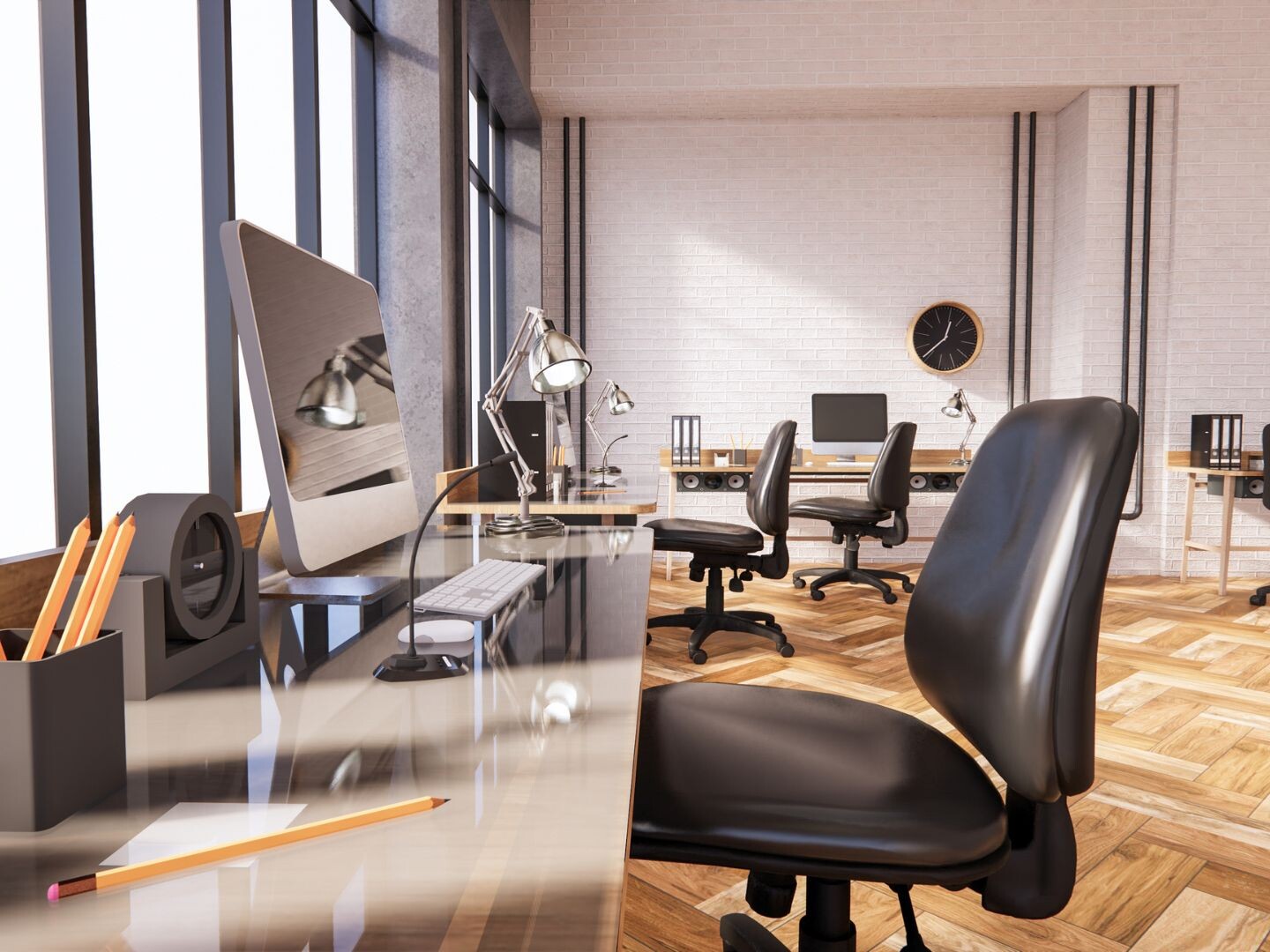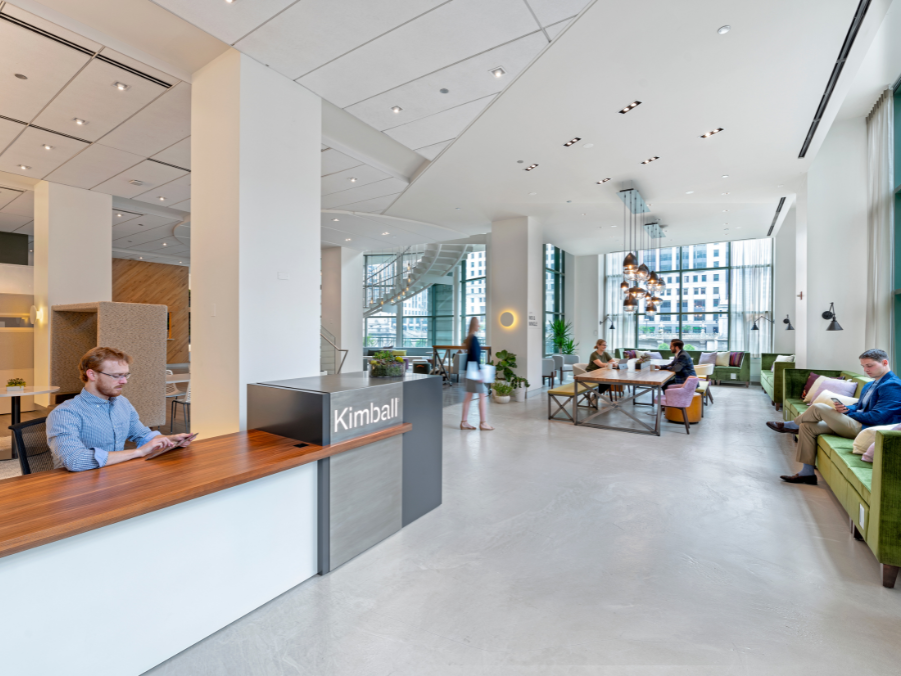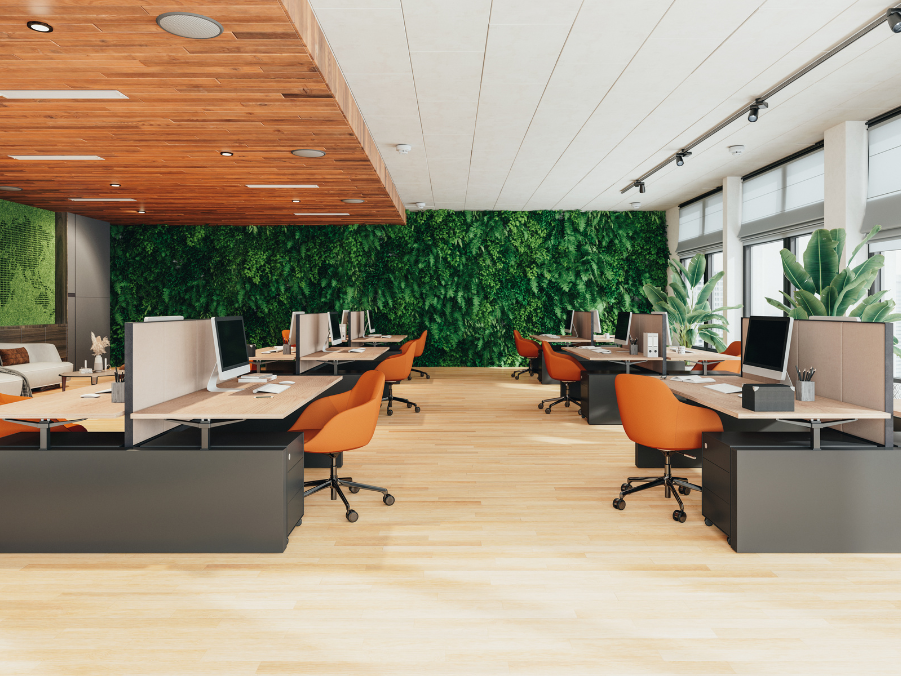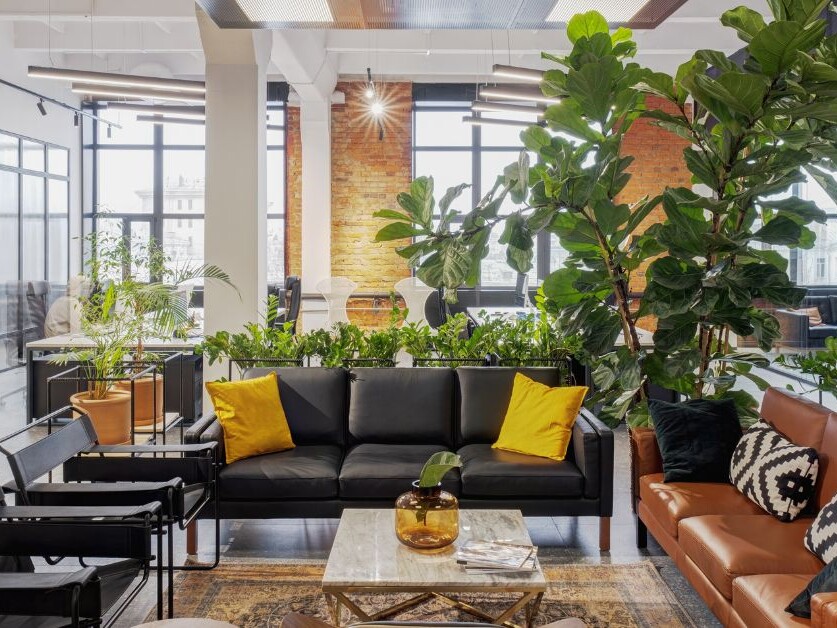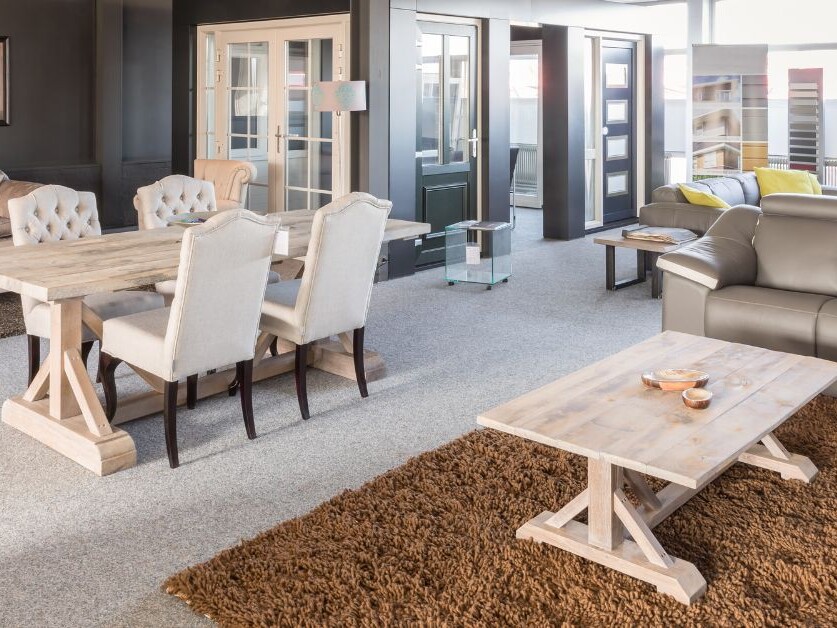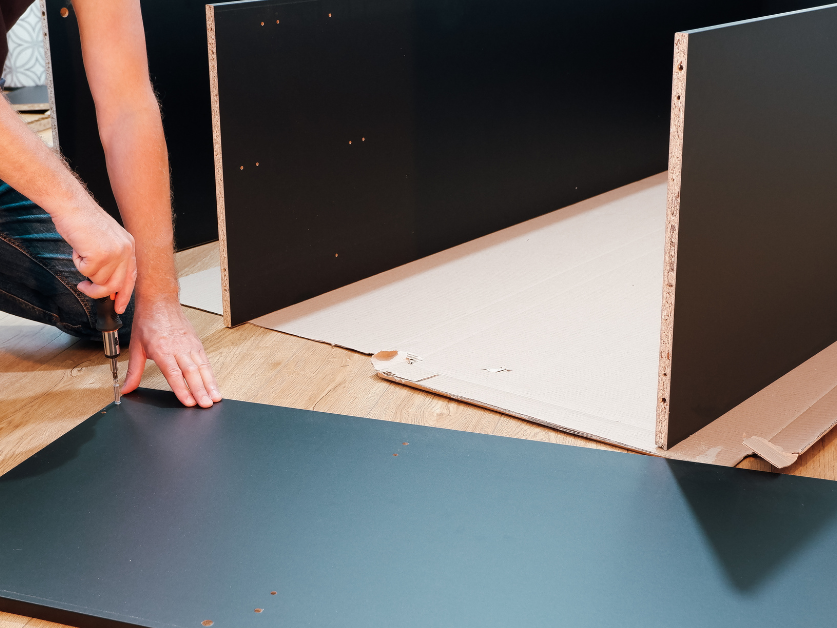Is a chair always just a chair? Not if you want your surroundings to facilitate an optimal work environment. In the world of office design, the choices you make regarding colors and shapes you use in the office space must be thoughtful and purposeful. That’s because they influence not only the aesthetics of your workspace but also the productivity and well-being of your employees. It also applies to how you select your office furniture. Therefore, we are taking a closer look at the role office furniture plays in creating a workspace that fosters creativity, productivity, and employee satisfaction.
The Psychology of Color
The colors you choose for your office environment can have a profound psychological impact on those who work within it. Here are some common office colors and the effects they can have:
- Blue: Often associated with calmness and productivity, blue can help create a serene and focused work environment. It’s an ideal choice for spaces where concentration is crucial, such as meeting rooms or individual workstations.
- Green: Green is synonymous with nature and tranquility. It can promote a sense of relaxation and harmony, making it an excellent choice for common areas and spaces where employees need to unwind and recharge.
- Red: Red is a bold and energizing color that can stimulate creativity and passion. It’s a good choice for spaces where innovation and collaboration are encouraged, such as brainstorming rooms.
- Yellow: Yellow is a color associated with optimism and energy. It can bring a sense of vibrancy to the workspace and is suitable for areas where enthusiasm and positivity are important, like reception areas.
- Neutral Colors: Neutral colors like gray, beige, and white communicate a clean and sophisticated style when it comes to office furniture. They create a sense of professionalism and can be balanced with pops of more vibrant colors.
Design That Reflects Your Brand
Beyond color, the design of your office furniture can make a statement about your brand identity and values. It’s an opportunity to convey the essence of your organization to both employees and visitors.
Consider the following design elements:
- Modularity: Furniture that can be easily rearranged or adapted allows for flexibility in your workspace. It promotes collaboration and accommodates changes in team size or structure.
- Ergonomics: Ergonomic furniture can reduce strain and enhance productivity. By choosing ergonomically-designed chairs, desks, and workstations, you let your employees know their comfort and health are important to you.
- Materials: The choice of materials can communicate to both your employees and your customers your commitment to sustainability and quality. Sustainable materials not only benefit the environment but also contribute to a positive brand image.
- Customization: Tailoring office furniture to your specific needs and brand aesthetic can create a unique and memorable workspace.
- Innovation: Embracing innovative design, such as sit-stand desks or smart furniture, can signal your company’s commitment to modernity and employee well-being.
Conclusion
The impact of color and design in office furniture selection extends beyond aesthetics. It influences the atmosphere, employee moods, and even productivity. By carefully considering the psychology of color and the design elements that align with your brand, you can create a workspace that not only looks great but also supports the creativity, well-being, and cohesion of your team.
If you don’t feel equipped to make such important choices, expert advice can help. At Environments Denver, we understand the importance of color and design in office furniture selection. Our expert team can help you choose the right furniture that not only matches your vision but also enhances your workspace’s functionality and comfort. Contact us today to start transforming your office environment into a space that inspires and empowers your team.

